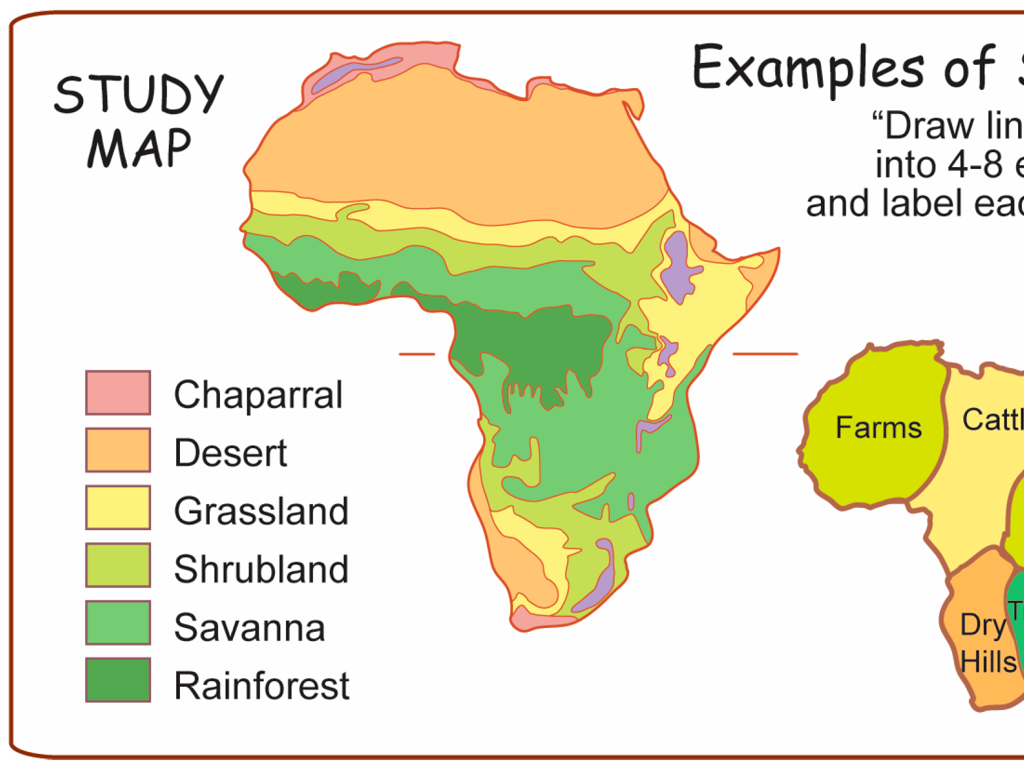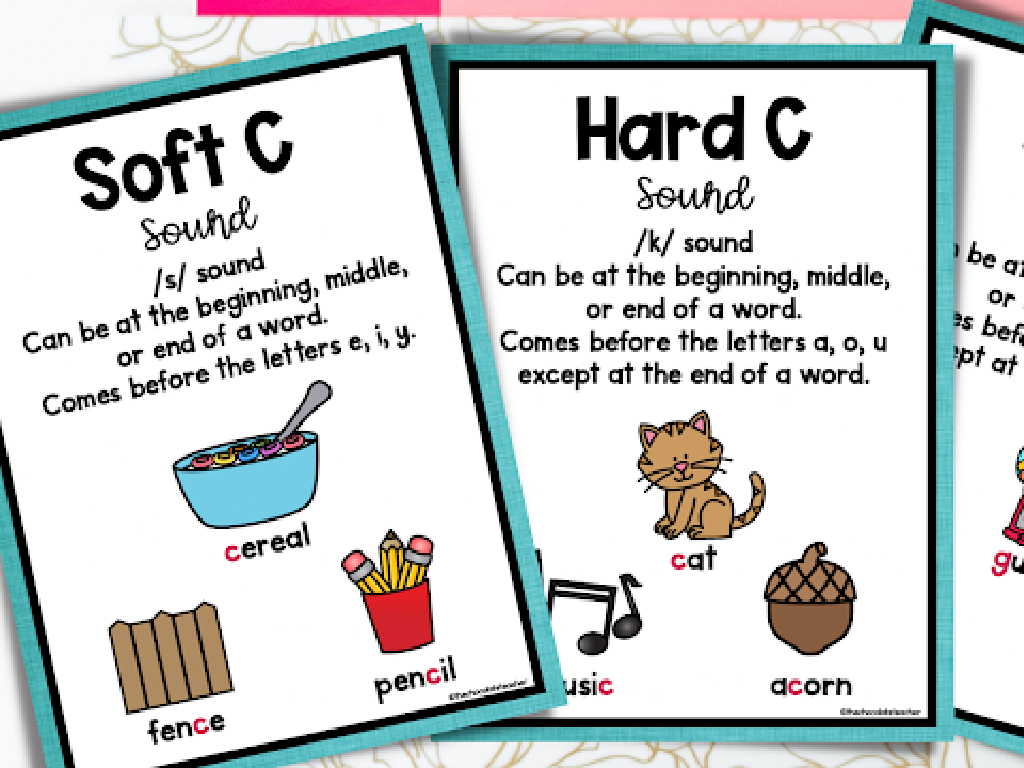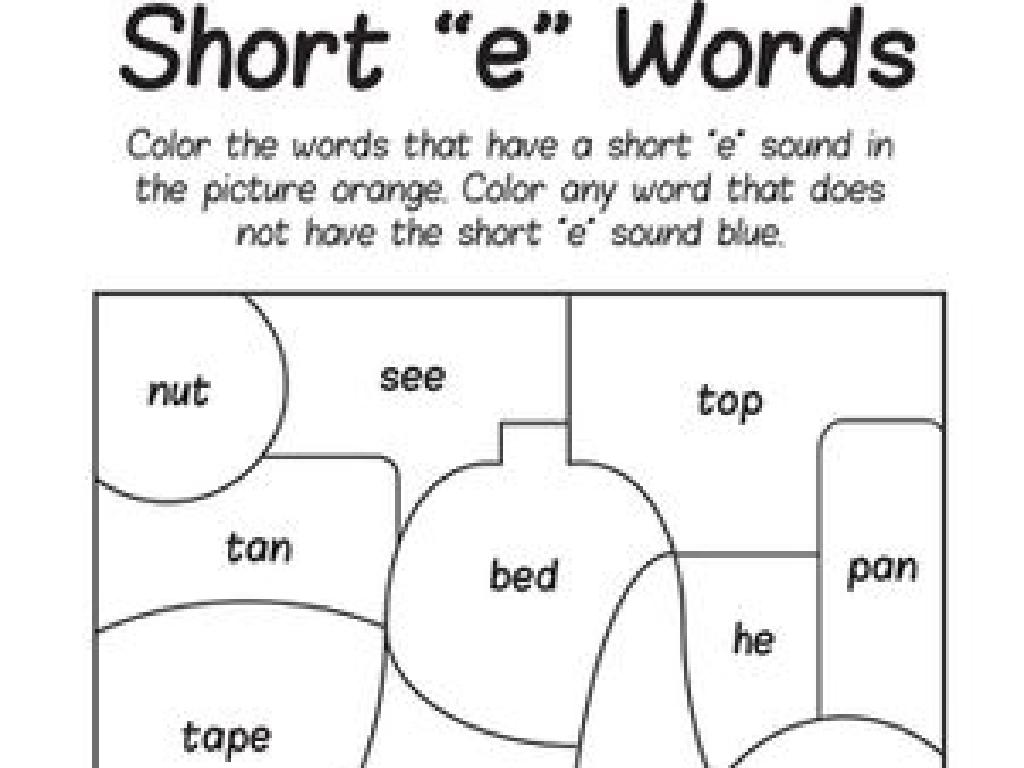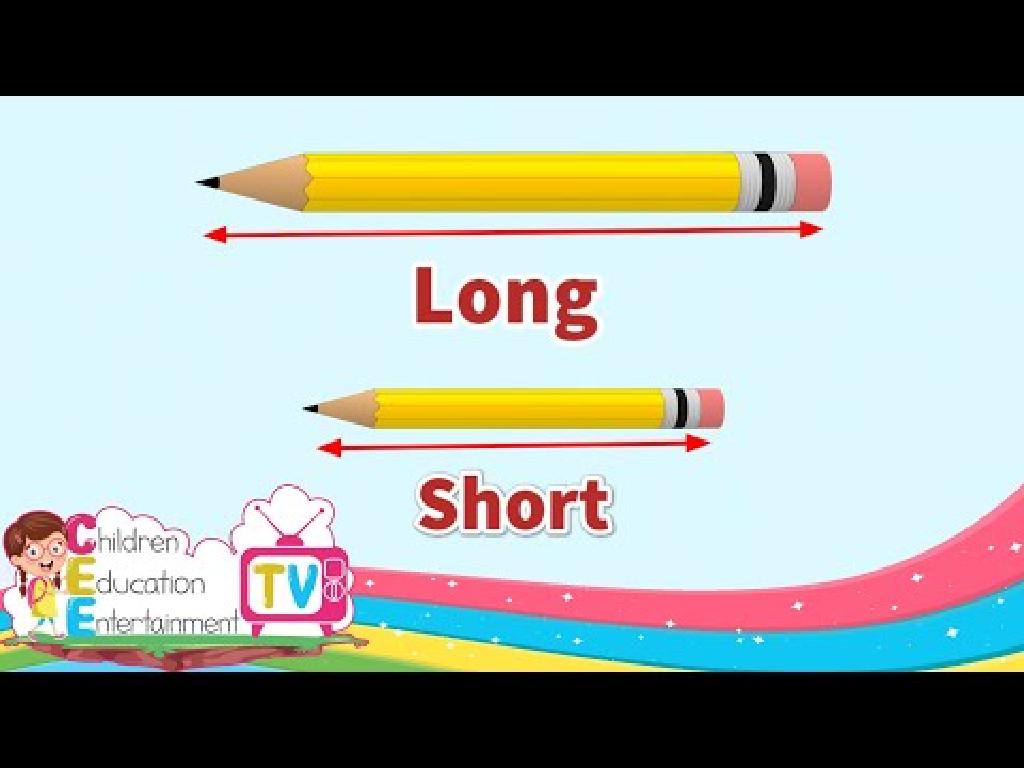Commas: Review
Subject: Language arts
Grade: Sixth grade
Topic: Punctuation
Please LOG IN to download the presentation. Access is available to registered users only.
View More Content
The Power of Commas in Punctuation
– Punctuation shapes our writing
– Punctuation, like traffic signals, guides readers through sentences.
– Commas: Essential in sentences
– Commas help separate ideas, list items, and clarify meaning.
– Reviewing comma usage rules
– We’ll revisit rules for series, conjunctions, and introductory elements.
– Practice comma placement
|
This slide introduces the importance of punctuation, with a specific focus on commas, in written language. Punctuation acts as a tool to help readers understand the structure and meaning of sentences, much like how traffic signals direct drivers. Commas, in particular, serve multiple functions such as listing items, joining independent clauses with conjunctions, and offsetting introductory phrases. During the lesson, students will review the fundamental rules of comma usage to reinforce their understanding. The practice activities will involve exercises where students place commas in sentences to demonstrate their grasp of the concepts. Encourage students to explain why they placed commas in certain positions to facilitate a deeper comprehension of the usage rules.
Understanding Commas in Sentences
– Define a comma in writing
– A punctuation mark signaling a pause
– Commas clarify meaning
– They help avoid confusion in sentences
– Commas separate elements
– Use in greetings, lists, and joining clauses
– Usage examples
|
This slide introduces the comma as a fundamental aspect of punctuation in writing. It’s important to explain that a comma represents a brief pause in a sentence, not as long as a period. Emphasize how commas can change the meaning of a sentence and improve clarity. Provide examples of comma usage in various contexts such as in greetings (e.g., ‘Hello, John’), in lists (e.g., ‘apples, oranges, and bananas’), and in compound sentences (e.g., ‘I went to the park, and I saw a duck’). Encourage students to think of commas as tools that help readers understand the structure and meaning of sentences. Instruct them to bring examples of their own comma usage for the next class for a practical exercise.
Commas in Lists
– Commas separate series items
– Example: eggs, milk, bread, cheese
– A shopping list needs commas to avoid confusion
– Understanding the Oxford comma
– Some lists use a comma before the last ‘and’
– Oxford comma before ‘and’
– It’s optional but can clarify meaning
|
This slide introduces the use of commas in lists, which is a fundamental aspect of punctuation in writing. Students should understand that commas act as a tool to separate individual items within a series to avoid confusion. The example provided is a simple and relatable shopping list. The Oxford comma, also known as the serial comma, is used before the conjunction ‘and’ at the end of a list. While its use is sometimes optional and stylistic, it can be crucial for clarity in certain sentences. Encourage students to practice with lists of their own, both with and without the Oxford comma, to see how it can change the meaning or clarity of a sentence.
Commas with Coordinating Conjunctions
– Learn FANBOYS: for, and, nor, but, or, yet, so
– Use commas before conjunctions
– A comma signals a pause before the conjunction
– Joining two independent clauses
– Two complete ideas can be connected with FANBOYS
– Example: Park visit plans changed
– ‘I wanted to go to the park, but it started to rain.’
|
This slide focuses on the use of commas when dealing with coordinating conjunctions, commonly remembered by the acronym FANBOYS. Students should understand that when two independent clauses (complete sentences that can stand alone) are joined by one of these conjunctions, a comma should be placed before the conjunction. The example provided illustrates this rule. Encourage students to practice by writing their own sentences using FANBOYS and to identify sentences that require commas before conjunctions in their reading assignments.
Commas with Introductory Elements
– Use commas after introductory elements
– Introductory words, phrases, or clauses set the stage for the main part of the sentence.
– Example: ‘After the show, we went out for dinner.’
– ‘After the show’ is an introductory phrase, followed by a comma.
– Practice identifying introductory elements
– Find the introductory part of a sentence before the main clause.
|
This slide focuses on the use of commas after introductory elements in sentences. Start by explaining that introductory elements can be words, phrases, or clauses that come before the main clause of a sentence. They often provide a setting or context for the main action. Use the example provided to illustrate how a comma is used after the introductory phrase. For practice, students should identify the introductory elements in various sentences and place commas appropriately. Encourage students to explain why they placed the comma where they did to reinforce their understanding. Provide additional examples if needed and consider having students create sentences with introductory elements as a further exercise.
Commas with Adjectives
– Separate coordinate adjectives with commas
– Like ‘bright, sunny’ describing ‘day’
– Adjectives describe the same noun
– They are equal and interchangeable
– Example: The bright, sunny day
– ‘The sunny, bright day’ also makes sense
– Test: Switch adjectives or insert ‘and’
– ‘The bright and sunny day’ is correct too
|
This slide focuses on the use of commas to separate coordinate adjectives. These are adjectives that equally describe the same noun and can be ordered in any way without changing the meaning of the sentence. The example provided should help students visualize how the sentence remains coherent even when the adjectives are switched or connected with ‘and’. Encourage students to apply the test mentioned to any list of adjectives they encounter to determine if commas are necessary. In the next class, practice with more examples and have students create their own sentences using coordinate adjectives.
Commas in Complex Sentences
– Use commas after dependent clauses
– When a dependent clause starts a sentence, it’s followed by a comma.
– Example: setting off clauses
– ‘If you finish your homework, you can watch TV.’
– Recognize when not to use commas
– Not all complex sentences need a comma, especially if the dependent clause comes after the independent clause.
– Practice: identify correct usage
|
This slide aims to clarify the use of commas in complex sentences for sixth-grade students. Begin by explaining that a dependent clause cannot stand alone and often starts with words like ‘if’, ‘because’, or ‘when’. When such a clause precedes the main clause, it should be followed by a comma. Provide the example on the slide and ask students to identify the dependent and independent clauses. Then, discuss scenarios where commas aren’t necessary, particularly when the dependent clause follows the main clause. Encourage students to practice with additional sentences, both during the presentation and as part of their homework, to reinforce the concept.
Commas in Dates and Addresses
– Commas in dates
– Separate day and year, e.g., April 23, 2021
– Commas in addresses
– Separate house number from street, city from state
– Example: July 4, 1776
– Independence Day: July 4, 1776, marks a historic event.
– Practice correct comma usage
– Write dates and addresses with commas for homework
|
This slide focuses on teaching students the correct use of commas in dates and addresses. Explain that in dates, commas are used to separate the day from the year, and in addresses, to separate the elements like house number, street, city, and state. Use the example of Independence Day to show how commas are placed in a real historical context. For practice, students should write several dates and addresses with the correct comma placement as homework. In the next class, review the homework to reinforce learning and address any confusion. Provide additional examples if necessary and encourage students to ask questions.
Avoiding Comma Splices
– Understanding comma splices
– A comma splice happens when two independent clauses are joined with just a comma.
– Why comma splices are incorrect
– It creates a run-on sentence, which can confuse the reader.
– Methods to correct comma splices
– Use a period, semicolon, or a conjunction with a comma to fix splices.
– Example: Correcting a comma splice
– Incorrect: ‘She loves to read, she goes to the library often.’ Correct: ‘She loves to read; she goes to the library often.’
|
This slide aims to teach students about comma splices, a common punctuation error. A comma splice occurs when two independent clauses (complete sentences) are incorrectly joined by a comma without a coordinating conjunction. It’s important to explain that comma splices can make sentences confusing and disrupt the flow of writing. To correct a comma splice, students can replace the comma with a period to make two separate sentences, use a semicolon to connect the clauses closely, or add a conjunction (such as ‘and’, ‘but’, ‘or’) after the comma. The provided example illustrates how to correct a comma splice, which will help students understand how to apply these rules in their writing. Encourage students to practice identifying and correcting comma splices in example sentences.
Let’s Practice Using Commas!
– Interactive activity: Fix comma errors
– We’ll correct sentences together on the board
– Group task: List creation with commas
– Make a list of items, like a shopping list, and punctuate it correctly
– Individual task: Write a paragraph
– Use commas for lists, to separate clauses, or for direct address
– Share and discuss your work
|
This slide introduces an interactive class activity focused on the practical application of comma usage. Begin with a whole-class activity where students correct comma placement in sentences displayed on the board. This will reinforce their understanding of the rules. Next, divide the class into small groups and have each create a list that requires commas, such as a shopping list or a list of adjectives describing a noun. Each group will then share their list with the class, explaining their comma usage. For individual work, students will write a short paragraph where they apply various comma rules, such as listing items, separating clauses, or setting off a direct address. This activity will help solidify their understanding of commas in writing. Encourage creativity and provide examples if needed. Conclude with a sharing session where students can discuss the different ways they used commas in their paragraphs.
Class Activity: Comma Art!
– Fill in missing commas in a paragraph
– Create a ‘Comma Art’ comic strip
– Draw a short comic strip and include dialogue with commas
– Use commas correctly in dialogue
– Share and explain your comma usage
– Present your comic to the class and describe how you used commas
|
This interactive activity is designed to reinforce the use of commas in writing. Students will first practice by inserting missing commas into a provided paragraph, which will help them recognize natural pauses and clauses in sentences. Next, they will create their own ‘Comma Art’ by drawing a comic strip. The challenge is to use commas correctly in the dialogue of their comic strip characters. This creative task allows students to apply punctuation rules in a fun and engaging way. Finally, students will share their comics with the class and explain their comma placements, fostering peer learning and discussion. As a teacher, prepare to provide feedback and guide students through the correct usage of commas in various sentence structures.
Commas: Review & Wrap-Up
– Recap main comma rules
– Series, joining clauses, after intro elements, setting off non-essentials, etc.
– Importance of proper punctuation
– Clear communication prevents misunderstandings.
– Homework: Write a letter
– Write to a friend, include greetings, dates, lists, and more.
– Use 5 comma rules in letter
|
As we close today’s lesson, let’s review the key comma usage rules: using commas in a series, between independent clauses joined by a conjunction, after introductory elements, and to set off nonessential information. Emphasize the importance of proper punctuation in ensuring our messages are understood as intended. For homework, students will apply what they’ve learned by writing a letter to a friend, incorporating at least five different comma rules. This will help reinforce their understanding through practical application. Encourage creativity and remind them to proofread their letters for correct comma usage.






